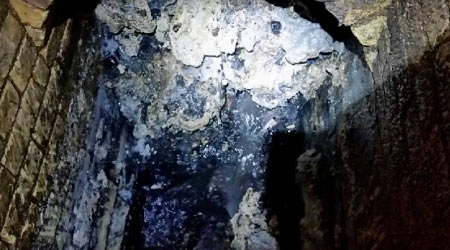
Planning for Emergency Cooling
October 2, 2017
When a crisis strikes, it’s too late for managers in institutional and commercial facilities to plan for the post-crisis recovery. Among the most crucial elements of disaster recovery is providing cooling to facilities, especially in the cast of health care facilities.
Managers can use the following tactics and strategies to key points for an effective plan to deliver emergency cooling to their facilities:
Calculating cooling loads. When calculating the cooling load for a particular space, managers can use a rough estimate of 600 Btu per person. So a quick estimate for a 400-square-foot office with minimal occupancy is about 12,000 Btu, or 1 ton of cooling. A more crowded space with more heat-generating equipment will need 1 ton of air conditioning for about every 250 square feet, according to load-calculation experts.
Equipment selection. When selecting the most appropriate emergency cooling equipment, managers must decide on the type of cooling the situation calls for. Definite differences exist in equipment managers must consider. For example, does the situation require a portable air conditioner or a spot cooler? A stationary air conditioner’s condenser unit is completely isolated from the space to be cooled. So the condenser unit is packaged with the outside fan in air-to-air conditioners.
Planning for Power. Emergency cooling equipment requires power to operate But in addition to emergency situations, facilities often need power in remote locations but want to avoid the high cost of running long distribution lines and burying cable. Conducting an electrical load assessment is the first step to developing a successful plan for portable power. This assessment must:
- valuate the total load
- separate the load into critical elements — those requiring redundant or portable power — and non-critical elements
- determine the electrical loads to account for
- provide a basis for selecting the right type, size and quantity of portable power units, along with the proper accessories to tailor them to each use.
This Quick Read was submitted by Dan Hounsell, editor-in-chief of Facility Maintenance Decisions, dan.hounsell@tradepressmedia.com.
To read more about each of the highlighted points above, check out these articles:
Calculating Cooling Loads
Equipment Specification
Power Planning
Also, check out news and product information related to emergency cooling:
Impact Power Technologies: Research Proves Retailers Save by Investing in Low-Cost Replacement Scanner Batteries
Power & Communications Products
Portable Power Products
Emergency Preparedness
Next
Read next on FacilitiesNet












